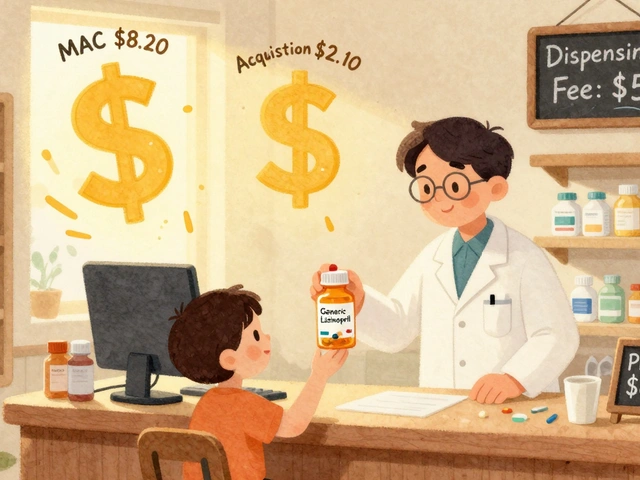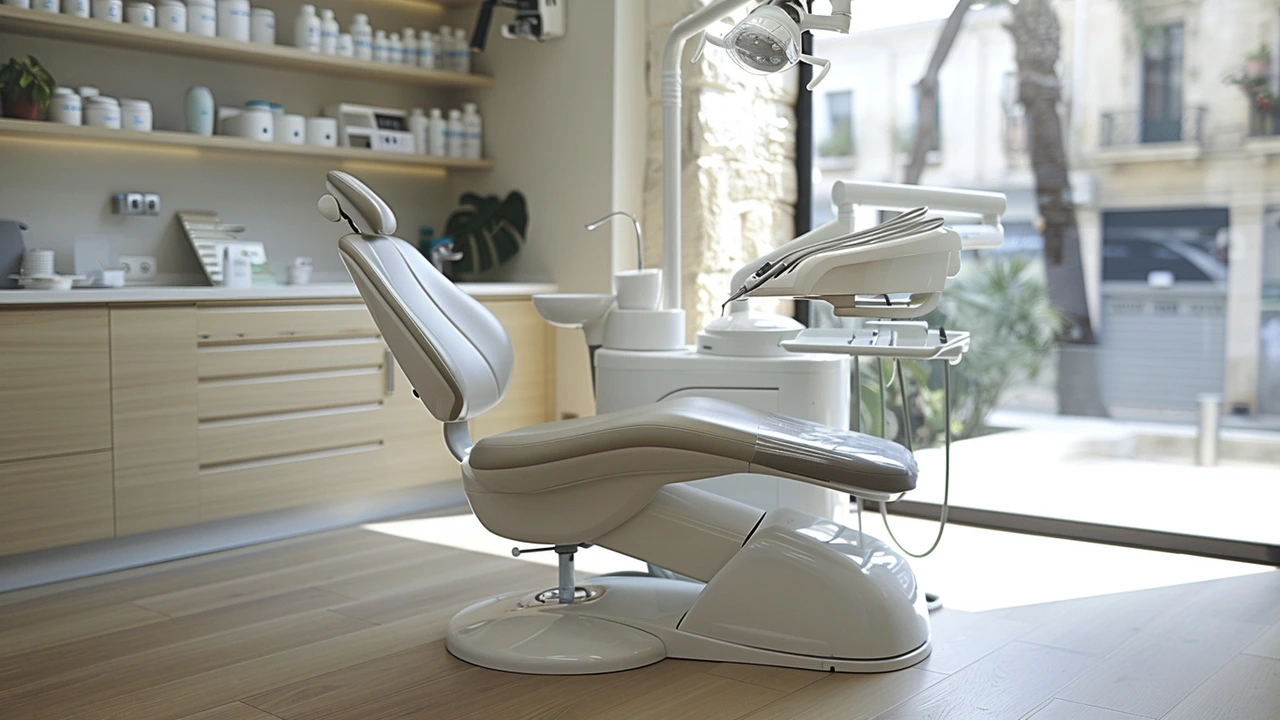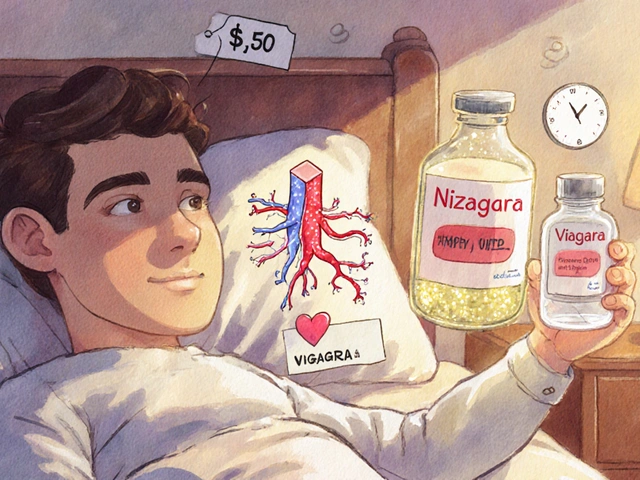Dental Cleaning: What to Expect, When to Go, and Aftercare
Think of a dental cleaning as a reset for your mouth. It removes plaque and tartar that brushing and flossing miss, freshens your breath, and lets your dentist spot small problems before they grow. Most adults need a cleaning every six months, but some people with gum disease or other risks go more often.
There are two main types: a routine cleaning (prophylaxis) for healthy mouths, and a deeper cleaning called scaling and root planing for gum disease. Routine cleanings polish teeth and remove tartar above the gumline. Scaling and root planing reaches below the gumline to remove infected buildup and smooth roots so gums can reattach.
What happens during a cleaning?
Your visit usually starts with a quick exam. The hygienist checks for cavities, inflammation, and signs of oral disease. Then they use tools to scrape away tartar—sometimes ultrasonic scalers that vibrate and spray water, sometimes hand instruments. You may feel scraping and pressure, but it shouldn’t be sharp pain. After scaling, the hygienist polishes your teeth with gritty paste and may floss and apply fluoride.
If you need a deep cleaning, the appointment is longer and might be split into two visits. Your dentist may numb the area. Follow-up visits check healing and whether gums are responding to treatment.
How to prepare and care afterward
Before the appointment, brush and floss as usual—don’t skip it. Tell the office about medications, heart conditions, or if you have a weakened immune system. If you feel anxious, ask about nitrous oxide or other comfort options.
After a routine cleaning, you might have mild sensitivity or bleeding for a day—rinse with warm salt water if gums feel sore. For deep cleanings, expect tenderness for a few days; use over-the-counter pain relievers as needed and keep up gentle brushing. Avoid hard or very hot foods for 24 hours if your mouth feels tender.
Keeping results longer means daily work: brush twice a day with fluoride toothpaste, clean between teeth once a day with floss or an interdental brush, and use a soft-bristled brush if gums are sensitive. If you smoke, quitting dramatically improves gum health and prolongs cleaning benefits.
Cost varies by location and treatment. Routine cleanings are generally affordable and often covered by dental plans; deep cleanings cost more. Call your insurance or clinic ahead to confirm coverage and ask for a price estimate.
If you notice persistent bleeding, pain, loose teeth, or bad breath that doesn’t improve after care, schedule a dental visit. These can be signs of progressing gum disease. Regular cleanings plus good home care are the simplest, most effective way to protect your smile and avoid more complex treatment later.
Pick a hygienist who listens and explains procedures in plain language. Read reviews, ask friends, and check the clinic's infection control and equipment. Set calendar reminders or sign up for recall text messages so you don’t skip appointments—small habits stop big problems. Your smile will thank you daily.
8
Dental Prophylaxis Appointment: What to Expect
Dental prophylaxis plays a crucial role in maintaining oral health. This article explores what you can expect during a dental cleaning appointment, from the initial examination to polishing. Understanding this process can help make the experience seamless and stress-free.
Latest Posts
Popular Posts
-
 Pharmacist Recommendations: When to Suggest Authorized Generics
Pharmacist Recommendations: When to Suggest Authorized Generics
-
 Pharmacy Reimbursement: How Generic Substitution Impacts Pharmacies and Patients Financially
Pharmacy Reimbursement: How Generic Substitution Impacts Pharmacies and Patients Financially
-
 Acromegaly: Understanding Excess Growth Hormone and Effective Treatment Options
Acromegaly: Understanding Excess Growth Hormone and Effective Treatment Options
-
 Over-the-Counter Medication Safety: Hidden Ingredients and Interactions You Can't Afford to Ignore
Over-the-Counter Medication Safety: Hidden Ingredients and Interactions You Can't Afford to Ignore
-
 Small Intestinal Bacterial Overgrowth: Breath Tests and Treatment Explained
Small Intestinal Bacterial Overgrowth: Breath Tests and Treatment Explained



